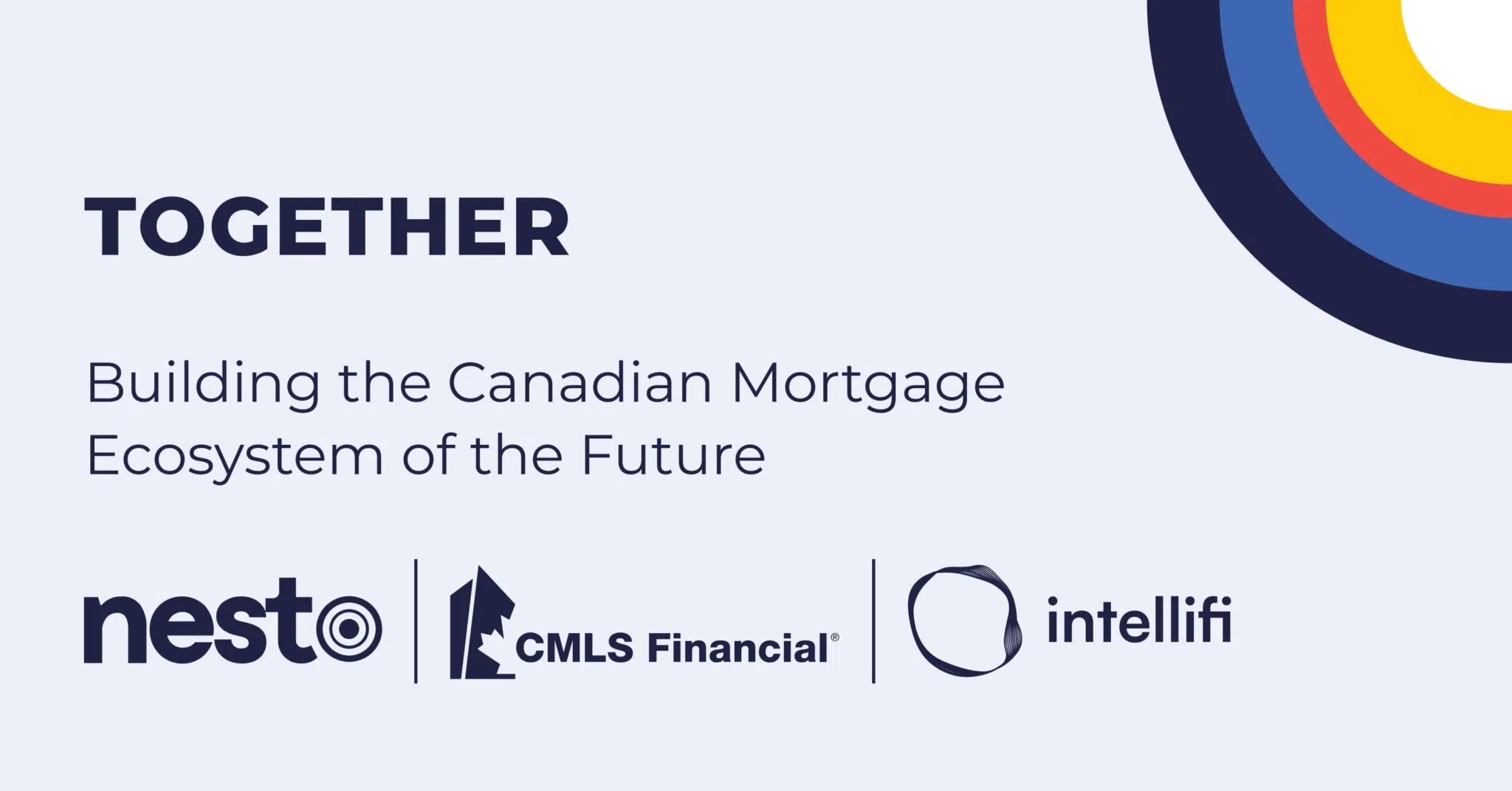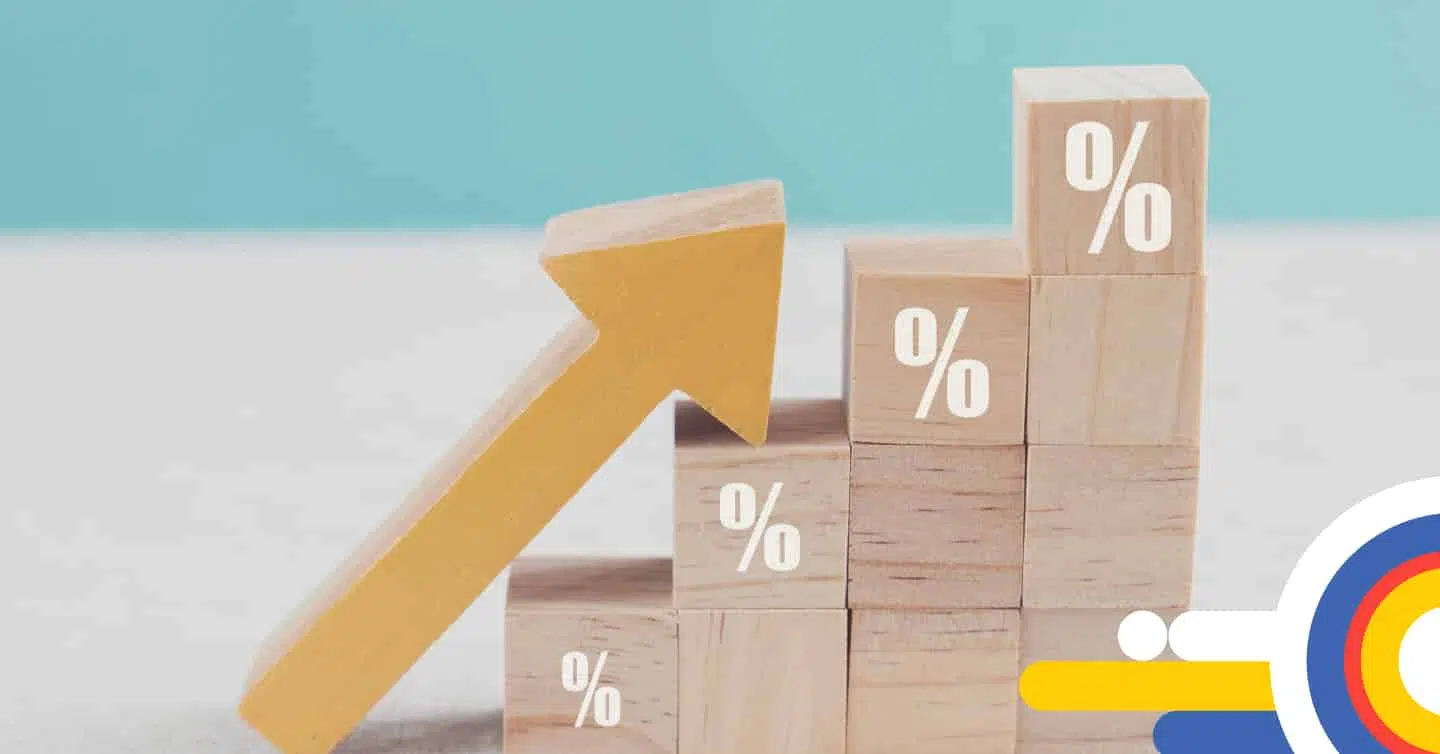Home Buying #Featured articles
Home Buying #Featured articles
Will the Policy Interest Rate in Canada Go Down in 2025?

Table of contents
The Bank of Canada (BoC) benchmark policy rate is currently 2.75%.
Understanding how interest rates are influenced in Canada is vital for investors and borrowers alike. Factors such as changes in the real estate market, population growth, and demographic shifts can all influence interest rate decisions. However, predicting the exact path of interest rates in Canada is challenging due to various other influences that can impact economic conditions.
This article explores the main drivers that influence Canada’s interest rate decisions and provides predictions on when we may finally see interest rates come down.
Key Highlights
- Inflationary pressures, mainly driven by consumer spending, housing and labour markets, and immigration, influence Canada’s interest rates the most.
- The Bank of Canada sets a target inflation rate of 2% as a benchmark for price stability.
- Changes in interest rates by the BoC can impact borrowing costs, spending, and economic activity, which in turn can affect the level of inflation in the country.
How Interest Rates are Influenced in Canada
Canada’s inflationary pressures are driven mainly by consumer spending, the housing and labour markets, and immigration. Since inflation is one of the most critical factors driving the BoC’s rate decisions, to reach their 2% target, they need to continually adjust the policy interest rate to control and stabilize inflation.
When inflation remains well above their target, they will continue to increase the benchmark rate to discourage borrowing and spending. They will decrease the benchmark rate when inflation falls below their target to encourage borrowing and spending to stimulate the economy.
While it is impossible to accurately predict interest rates with certainty in any economy, including Canada’s, we can differentiate between more probable and less probable paths by considering how inflation influences interest rates.
Will Interest Rates Climb to a New All-Time High?
Canada’s highest recorded BoC policy rate was 22.75% in August 1981, so we are still quite far from reaching a new all-time high.
When comparing today’s Canadian interest rates to the all-time high, it’s important to consider that a 1:1 comparison may not be completely accurate due to several changes over time, such as average home prices and the number of housing units per capita.
The real estate market has experienced notable growth, particularly in urban areas, leading to higher home prices. This increase in home prices has resulted in larger mortgage loans and higher debt levels for Canadian households.
As a result, housing affordability has changed, and the impact of interest rate changes on monthly mortgage payments has become a more significant driver in terms of mortgage interest cost (MIC) measurements within the consumer price index (CPI).
- The number of housing units per capita has also changed over time.
- Demographic shifts, population growth, and changes in urbanization patterns have influenced the supply and demand dynamics of the housing market.
- In some regions, there may be increased demand for housing due to population growth, resulting in tighter housing markets and higher prices.
Today’s Best Mortgage Rates as of July 18, 2025
Understanding the Path to Inflation & How Inflationary Policy Impacts Rates
Understanding the path to inflation and how inflationary policy impacts interest rates in Canada involves recognizing how changes in interest rates by the BoC can influence borrowing costs, spending, and economic activity, which in turn can impact the level of inflation in the country.
The BoC has set a target inflation rate of 2% as a benchmark for price stability.
When inflation is too high, it can erode the purchasing power of money, as it takes more money to buy the same goods and services. On the other hand, when inflation is too low, it may signal weak economic demand and hinder economic growth.
- When the BoC wants to stimulate economic growth and increase inflation, it may lower the policy interest rate. Lower interest rates encourage borrowing and spending, as they reduce the cost of borrowing for businesses and individuals. This can increase consumer spending, business investments, and economic activity, contributing to higher inflation.
- When the BoC needs to discourage economic growth and decrease inflation, it may increase the policy interest rate. Higher rates discourage borrowing and spending as the cost of borrowing increases. This can reduce consumer spending, business investments, and economic activity to bring inflation back to its 2% target.
When the economy is performing well, more money can flow into the country, causing additional inflation as there may be fewer goods than the supply of money (excess supply). If interest rates go up to control inflation, it can also cause more money to flow into the country when investors want to earn better interest on their cash.
This balancing act makes it apparent the difficulty the BoC faces in finding just the right trajectory for its benchmark policy rate. This makes predicting the path the BoC takes even more difficult for financial experts.
Find a better rate, and we’ll match it, beat it, or give you $500*.
*Conditions Apply
With nesto, it’s stress-free
Will Interest Rates Go Down in 2025?
Based on current projections, interest rates will likely decrease more in 2025. The BoC will likely consider a more cautious and data-driven approach to cutting rates at future announcements, ensuring inflation remains close to the 2% target. Leaving the policy rate unchanged is also possible in 2025, as early predictions suggest the policy rate could fall to 2.50% before being held. This would place the policy rate within the neutral range (2.25% to 3.25%).
Frequently Asked Questions
Will interest rates go down in Canada in 2025?
If economist predictions are correct, we are likely to see further rate cuts in the future. It will not likely be supersized decreases going forward but rather a more gradual quarter-point (0.25%) cut when needed to keep the economy stable and inflation under control.
How does the Federal Funds Rate (FFR) affect inflationary pressure in Canada?
The US and Canada have similar inflation targets of 2%. As inflation in the US increases, it takes global and Canadian inflation for a ride since most global goods and services are paid for in United States Dollars (USD). The USD is directly affected by US inflation, which impacts the buying power of the Canadian Dollar (CAD).
How does the CAD to USD foreign exchange rate add to inflationary pressures in Canada?
The Canadian and US economies are so closely tied with our free-trade partnership that the foreign exchange rate between USD and CAD impacts businesses in both countries. A much higher CAD means it costs more USD for Americans and American companies to buy the same goods and services from Canada.
With a higher CAD, it may be cheaper for Canadians and Canadian businesses to purchase similar goods and services from the United States. However, as Canada supplies (exports) more goods and services to the US than it sources (imports), it makes sense for us to keep the CAD more affordable for Americans.
Why does Canada maintain a lower interest rate than the US?
Sharing a closely-knit economy where the countries vary greatly in size and capacities comes with limitations. If interest rates remained higher in the US compared to Canada, the USD might again be on par with the CAD. This makes it harder for Americans and US businesses to afford Canadian goods and services, possibly lowering Canada’s growth.
When the Fed increases interest rates to curb inflation, it has a domino effect on Canada’s inflation as the US economy participants outnumber participants in the Canadian economy 9 to 1. By keeping rates higher than the Fed, the BoC would cancel out these positive effects from the sheer size of the US economy and our biggest trading partner.
Final Thoughts
The Bank of Canada has set a target inflation rate of 2% as a benchmark for price stability, and its interest rate decisions aim to promote economic growth and maintain stable inflation. Due to the constraints in Canada’s housing supply and our growing population, we expect that there will be continuing pressure on mortgage rates and, in turn, rents for the foreseeable future.
The actual path of interest rates in Canada for 2025 remains to be determined. Overall, it is expected that the BoC will decrease rates more gradually in 2025 until the policy rate falls within the neutral range. The exact timing and direction of interest rate changes remain uncertain and will depend on evolving economic conditions.
Reach out to nesto’s mortgage experts to see how we can help you find your forever home.
Ready to get started?
In just a few clicks, you can see our current rates. Then apply for your mortgage online in minutes!















